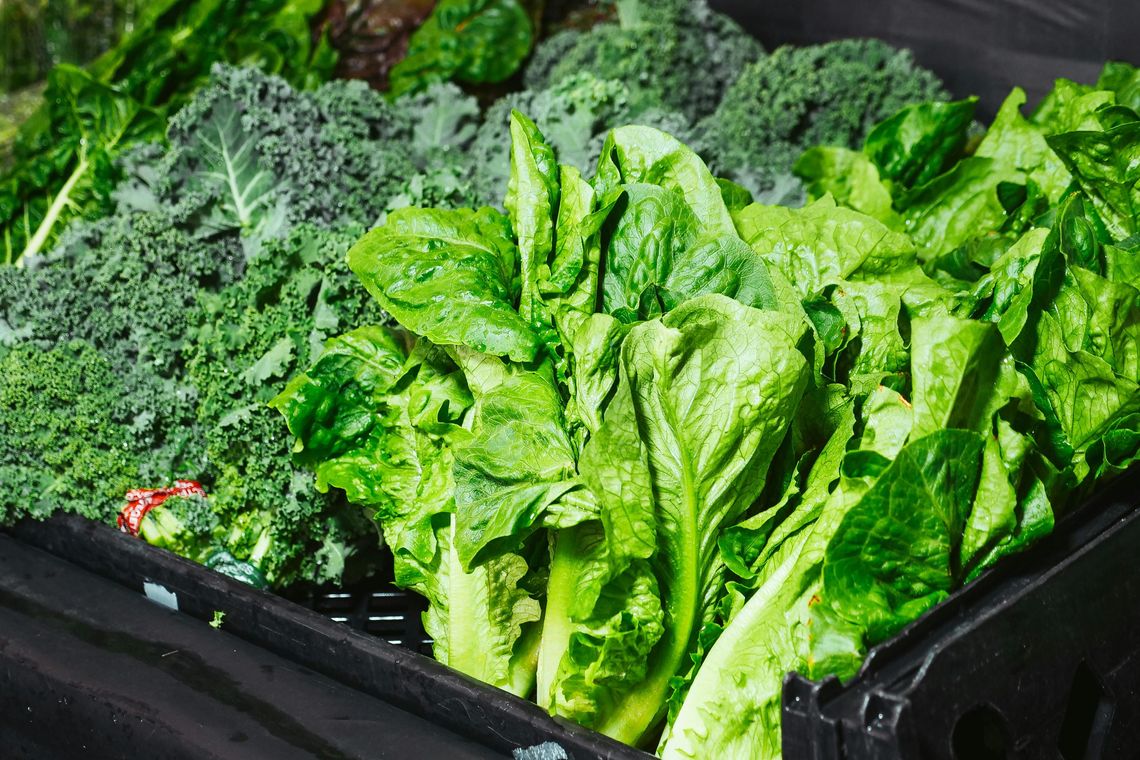



Preparing Your Garden for Fall
seasonal tips
plant care
gardening projects

By Emily Simonitis
When the seasons change, the garden must too. Fall is here, and as warm temperatures drop and cool weather sets in, there are plenty of opportunities to work in your garden! Andrew Bunting, VP of Horticulture at PHS, provides in-depth guidance to autumn gardening.
1. Plant Something New
Try planting something new. Fall is the best time for planting because “. . . cooler air temperatures and warm soils result in good root growth for your newly planted plants, allowing them to head into the winter with a well-developed root system,” Andrew explains. Planting seasons can even stretch into November and December in some regions of the U.S. Suggested plants for fall planting include trees, perennials, and shrubs. There are also some cool produce crops like lettuce, garlic, onions, and other tuber plants that can withstand cooler temperatures. Plant now and see what sprouts in the coming months!
2. Maintain the Old
Fall is also a good time to take a step back and decide what to keep and what to cut back in your garden.
The perennials that already live in your garden can stay for the fall! A variety of perennials will not only survive winter but continue to be ornamental. Andrew suggests ornamental grasses as great additions to any autumn garden. Along with ornamental grasses, add a few autumn annuals! There are a variety of annual autumn plants, such as cabbage, kale, peppers, and pansies that can liven up the garden.
It is important to maintain plants that will overwinter. Plants such as cannas and elephant ears can survive a few frosts, but it is best to cut back on the foliage of these tropical plants in preparation for winter.
Plants aren’t the only things that overwinter in your garden! Not all pollinators hibernate. According to Andrew, “Leaving perennials up for the winter also has the benefit of providing a much-needed habitat for overwintering pollinators.”

3. Taking Care of Indoor Plants
The tropical houseplants that thrive outside in the summer need to come inside for the winter! Sometimes during the transition, a houseplant’s leaves turn yellow or drop. This is common, as the plants are adjusting to the dry environment of the indoors after living in the humidity of the outdoors. Andrew notes that it is important to monitor these houseplants during their transition indoors, as insect eggs such as spider mites, white flies, and aphids may be present in the containers. These eggs can result in outbreaks in your home, which might ‘bug’ you. Andrew recommends using insecticidal soap found online or in plant shops to manage these outbreaks.
4. Recycling Leaves
With fall comes piles of leaves. While most opt to rake and bag leaves for disposal, old leaves are actually a great nutritional source for soil and can be reused! Old leaves are prime material for making compost and mulch, and they’re easy to make! Andrew illustrates, “One strategy to make use of old leaves is to rake them onto your lawn, run over them multiple times with the lawn mower, and then rake back into the perennial and shrub beds. This provides great fall and winter mulch, as well as additional habitat for overwintering pollinators and other insects.” Add other materials to this compost mix, such as cutback perennials or grass clippings.
Want to learn more? Sign up for PHS's monthly newsletter for more gardening tips and tricks.


